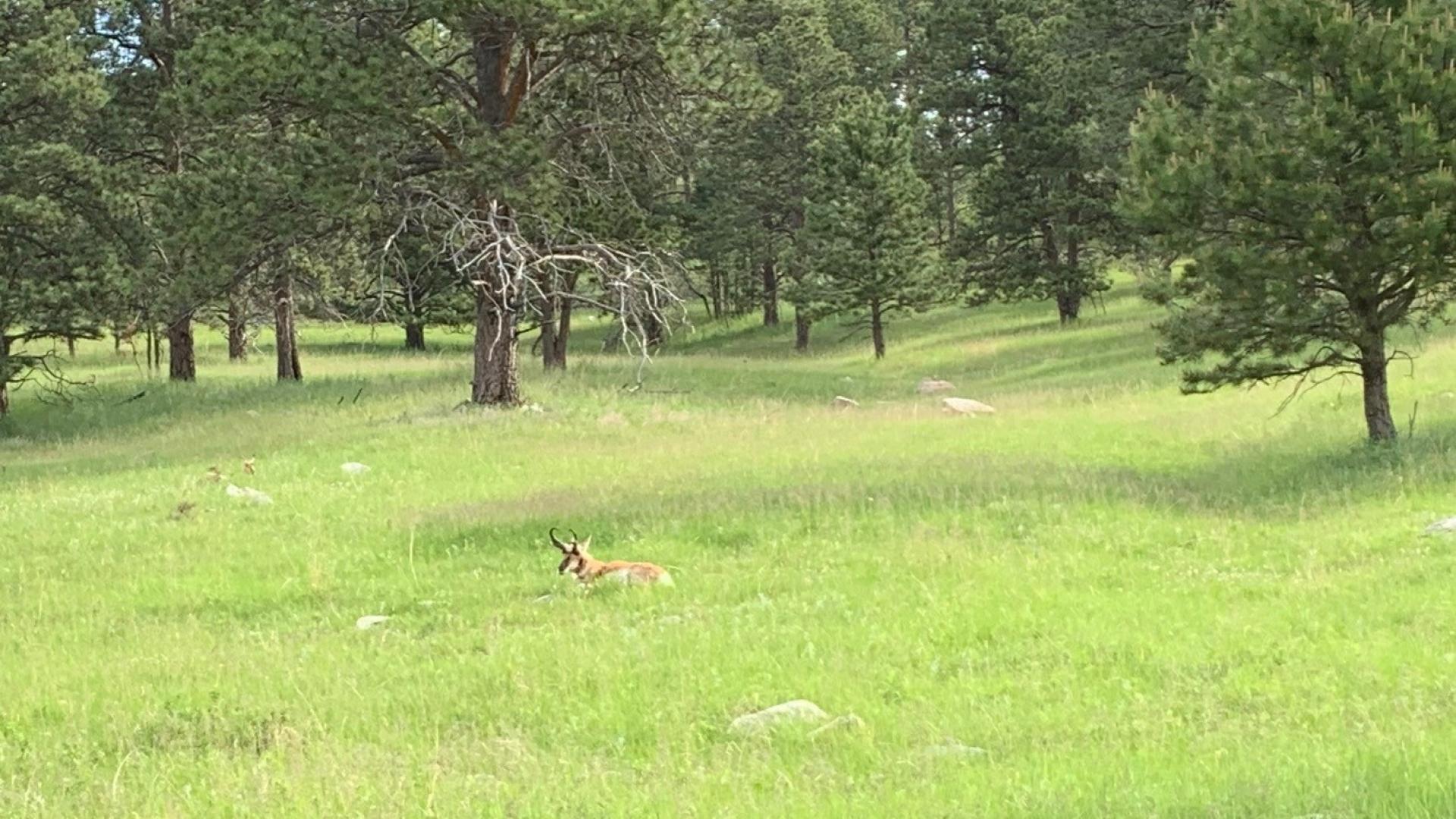
- Body
Grazing fees are set differently for federal public lands and state trust lands. All federal lands, whether they are managed by the BLM, US Forest Service, or some other federal agency, are always the same. The formula for setting grazing fees on public lands was last changed in the Public Rangelands Improvement Act of 1978. This formula is based on the market value of forage on the public lands. It takes into account market rates for private land grazing leases, current market prices for beef cattle, and the expected costs of livestock production. Regardless of these factors, grazing fees can never drop below $1.35 per animal unit, per month and can never increase by more than 25% from one year to the next. An animal unit is generally calculated as a single cow/calf pair.
State trust lands also charge grazing fees, but the approach to calculating these fees is highly variable from one state to the next. For example, in Arizona, grazing fees are set based on the estimated value of the forage on state trust lands. In California, fees are set based on fair market value of equivalent private grazing leases. Montana, Idaho, and other states have their own formulas for calculating grazing fees. As a result, the fees for grazing on state trust land are highly variable across the western states. In some states, federal and state grazing fees are similar. In other states, the grazing fees on state trust lands are much higher than federal public lands.
Additional Links
- 2011 Comparison of State Trust Land Grazing Fees for 17 Western States. Prepared by Holly Dyer, Commercial Leasing Manager – Wyoming Office of State Lands & Investments.
- Grazing Fees: Overview and Issues. 2019. Congressional Research Service.